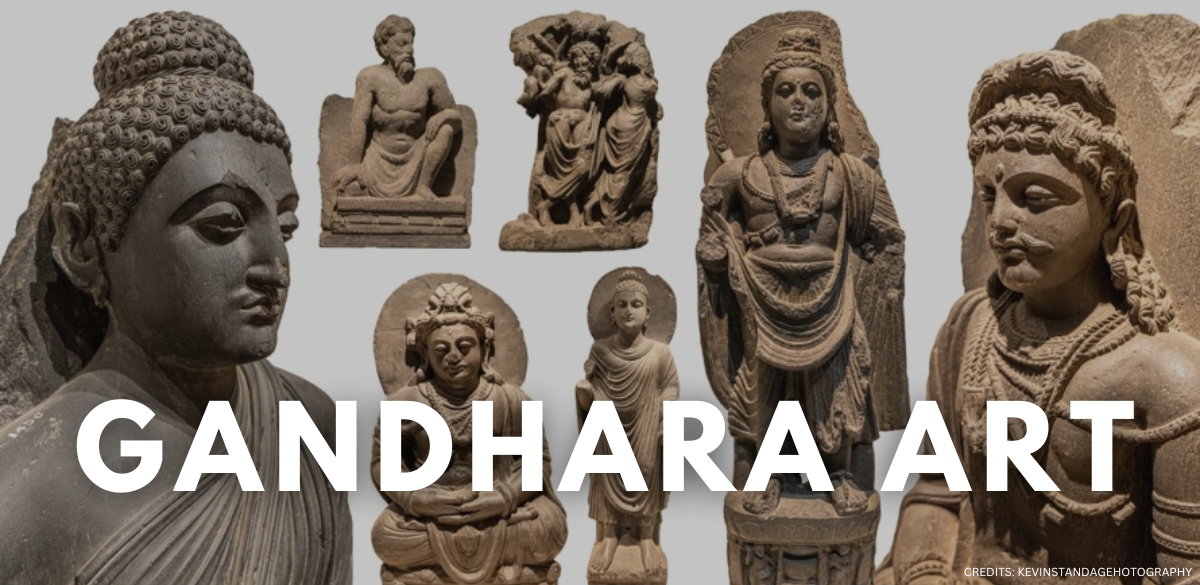Tucked away in the culturally rich state of Tamil Nadu, Eachengudi Ganapathy Agraharam is far more than just a simple village—it’s a vibrant symbol of South India’s enduring spiritual and cultural traditions. Known for its dedication to maintaining ancient Brahminical customs, distinctive architectural designs, and, above all, its revered Ganapathy (Ganesha) Temple, this village offers a rare glimpse into a way of life where Vedic practices remain an integral part of everyday existence.
For those with an interest in history, spirituality, or traditional Tamil living, Eachengudi serves as an authentic example of Agraharam culture, embodying the perfect blend of age-old traditions with the realities of modern life. The village remains a living bridge between past and present, where the customs of centuries gone by are still vibrantly alive today.
In this article, we delve into the rich history, cultural significance, and spiritual life of Eachengudi Ganapathy Agraharam, exploring why it remains a cherished part of Tamil Nadu’s spiritual heritage.
Tamil Nadu’s Agraharam Legacy: An Unusual Cultural Occurrence
Agraharams, the traditional settlements of Brahmin communities, are deeply rooted in South Indian culture, particularly in Tamil Nadu. These villages have played a pivotal role in shaping the spiritual and communal fabric of Brahmin society. Typically centered around a temple, Agraharams serve as spiritual hubs where religious rituals and daily life are closely intertwined. Eachengudi Ganapathy Agraharam is a prime example of this tradition, with its layout reflecting the villagers’ deep devotion to Lord Ganapathy, or Ganesha—the beloved elephant-headed god worshipped throughout India.
What makes Agraharams unique is their architectural design, which fosters a close-knit, community-focused lifestyle. The temple is the heart of the village, acting as a center for both spiritual and social activities. In Eachengudi, the Ganapathy Temple is not just a place of worship but also a cultural beacon, upholding the village’s role as a guardian of Brahminical traditions and ancient Vedic practices.
The Function of Ganapathy in Eachengudi: Eliminating Barriers
Lord Ganapathy (Ganesha) holds a deeply cherished place in the hearts of the people of Eachengudi. Revered as the remover of obstacles and the divine patron of wisdom, arts, and learning, his influence touches every aspect of life in the village. At the center of this devotion stands the ancient Ganapathy Temple, a spiritual beacon that draws worshippers from nearby areas, especially during major festivals and religious ceremonies.
What makes the Ganapathy Temple in Eachengudi truly special is its rich history. Believed to have been established centuries ago, possibly during the Chola dynasty, the temple reflects the artistic and architectural legacy that the Cholas left behind in Tamil Nadu. Their influence is evident in the temple’s detailed design and beautiful sculptures. The daily rituals performed at the temple, rooted in ancient Vedic traditions, continue to be a cornerstone of the villagers’ spiritual lives, maintaining a direct connection to their ancestral past.
The Chola Influence on Historical and Architectural Legacy
Eachengudi’s deep cultural and spiritual roots are closely tied to Tamil Nadu’s rich history, especially during the era of the Chola dynasty. Renowned for their immense contributions to South Indian temple architecture, the Cholas left a lasting imprint on the region’s spiritual and artistic heritage. The Ganapathy Temple in Eachengudi stands as a testament to this influence, showcasing intricate sculptures, majestic pillars, and elaborate designs that echo the grandeur of the Chola era.
The temple’s architecture goes beyond mere visual appeal; it embodies the seamless blend of art and spirituality, a defining characteristic of Chola temples. The towering gopurams (entrance towers) and sacred shrines are adorned with detailed carvings that narrate stories from Hindu mythology, serving as a tribute to the village’s enduring spiritual heritage.
Brahmin Traditions Preserved: Eachengudi’s Soul
One of the most striking features of Eachengudi Ganapathy Agraharam is its steadfast commitment to upholding Brahminical traditions. Even in the face of time and modern influences, the village has managed to preserve its ancient customs, rituals, and values. The daily routines of the villagers are deeply rooted in Vedic practices, passed down through generations, ensuring the continuity of their spiritual heritage.
The Brahmin priests, who serve as the keepers of Vedic wisdom, play a pivotal role in the village’s spiritual life. They lead the daily pujas (prayers), chant Vedic hymns in Sanskrit, and oversee key rituals and festivals. Sanskrit, considered the sacred language of the gods, fills the temple during religious ceremonies, creating a link between the present and the ancient traditions that have been carefully safeguarded over centuries.
The Harmony of Architecture in Agraharam Houses
The homes in Eachengudi Ganapathy Agraharam are thoughtfully constructed following the principles of Vaastu Shastra, the ancient Indian architectural science focused on harmonizing natural elements. With their symmetrical design, each house faces the temple, symbolizing the spiritual unity at the heart of Agraharam life. High ceilings, spacious courtyards, and long verandahs are common features, allowing abundant natural light and airflow, fostering both comfort and a peaceful atmosphere ideal for spiritual practices.
Constructed from natural materials like wood, stone, and clay, these homes blend effortlessly with Tamil Nadu’s rural setting. More than just functional spaces, they serve as spiritual havens, designed to enhance the flow of positive energy and promote the well-being of those who live there.
Vaastu Shastra: Directing Construction and Spirituality
The homes in Eachengudi Ganapathy Agraharam are thoughtfully constructed following the principles of Vaastu Shastra, the ancient Indian architectural science focused on harmonizing natural elements. With their symmetrical design, each house faces the temple, symbolizing the spiritual unity at the heart of Agraharam life. High ceilings, spacious courtyards, and long verandahs are common features, allowing abundant natural light and airflow, fostering both comfort and a peaceful atmosphere ideal for spiritual practices.
Constructed from natural materials like wood, stone, and clay, these homes blend effortlessly with Tamil Nadu’s rural setting. More than just functional spaces, they serve as spiritual havens, designed to enhance the flow of positive energy and promote the well-being of those who live there.
The Ganapathy Temple is the focal point of community life.
At the center of life in Eachengudi Ganapathy Agraharam is its temple, serving as the heart of both spiritual and community activities. The temple acts as a gathering place for festivals, religious ceremonies, and social events, reinforcing its role as the village’s cultural hub. During occasions like Ganesha Chaturthi, the temple comes alive with vibrant rituals and processions that fill the streets, drawing not only local residents but also devotees from surrounding areas.
Beyond its spiritual purpose, the temple represents a symbol of unity and heritage for the village. It has been a place where generations have come together to worship, celebrate, and preserve their deep connection to cultural traditions.
Festivals’ Contribution to Tradition Preservation
Festivals are at the heart of Eachengudi’s cultural identity, with celebrations like Ganesha Chaturthi and Vaikasi Visakam drawing large gatherings to the Ganapathy Temple. These occasions are marked by fervent prayers, hymn singing, and grand processions, all in honor of Lord Ganapathy. More than just religious observances, these festivals underscore the community’s deep commitment to upholding their spiritual and cultural heritage.
During these vibrant events, the village is transformed with colorful decorations, traditional music, and age-old rituals that have been practiced for generations. For the people of Eachengudi, these celebrations are not just a tribute to their past but a way to keep their customs alive and meaningful in today’s world.
Vedic Traditions’ Persistent Influence and Daily Rituals
While festivals showcase the spiritual passion of Eachengudi, it is the daily rituals that reinforce the village’s ties to its Vedic heritage. Each morning, Brahmin priests lead pujas and chant Vedic hymns in the Ganapathy Temple, ensuring a continuous connection to age-old practices. These rituals are not merely acts of worship; they also serve as a vital means of passing sacred wisdom to future generations.
The role of Vedic traditions in Eachengudi goes beyond religious observance; they influence the rhythm of everyday life, shaping everything from farming practices to community interactions. The villagers take immense pride in their ability to uphold these customs, which form the cornerstone of their identity.
Tradition and Modernity in Balance: Difficulties and Adaptability
Despite the pressures of modernization, Eachengudi Ganapathy Agraharam has successfully maintained its distinctive lifestyle. While the village has adopted certain modern amenities—like electricity and better roads—it has done so without sacrificing its fundamental traditions. The residents are keenly aware of the importance of their cultural legacy and strive to strike a balance between advancement and preservation.
A significant challenge for the village is the trend of younger generations migrating to cities for education and job opportunities. Nevertheless, many young people return for major festivals and rituals, helping to keep the village’s spiritual and cultural vibrancy alive.
The Younger Generation’s Contribution to Heritage Preservation
The younger generation plays an essential role in safeguarding Eachengudi’s cultural and spiritual heritage. Although many reside and work in urban areas, they maintain a strong connection to their roots, returning to participate in temple rituals and community celebrations. Their active involvement in the upkeep of the Ganapathy Temple, along with learning Vedic chants and practices, is vital for preserving the Agraharam way of life.
Initiatives are underway to engage youth in heritage preservation efforts, fostering a deeper appreciation for the village’s spiritual and architectural traditions. Through their participation, Eachengudi’s customs continue to flourish, ensuring that they are passed down to future generations.
Conclusion
Eachengudi Ganapathy Agraharam is more than just a location; it embodies the vibrant cultural and spiritual legacy of Tamil Nadu. This village serves as a link between the past and present, successfully preserving the core of Vedic traditions while embracing modernity. The Ganapathy Temple stands as both a site of worship and a powerful symbol of continuity and resilience, representing the lasting impact of tradition in an ever-changing world.
For those looking to immerse themselves in the rich spiritual heritage of Tamil Nadu, a visit to Eachengudi Ganapathy Agraharam promises an unforgettable journey through history.














Leave a Reply